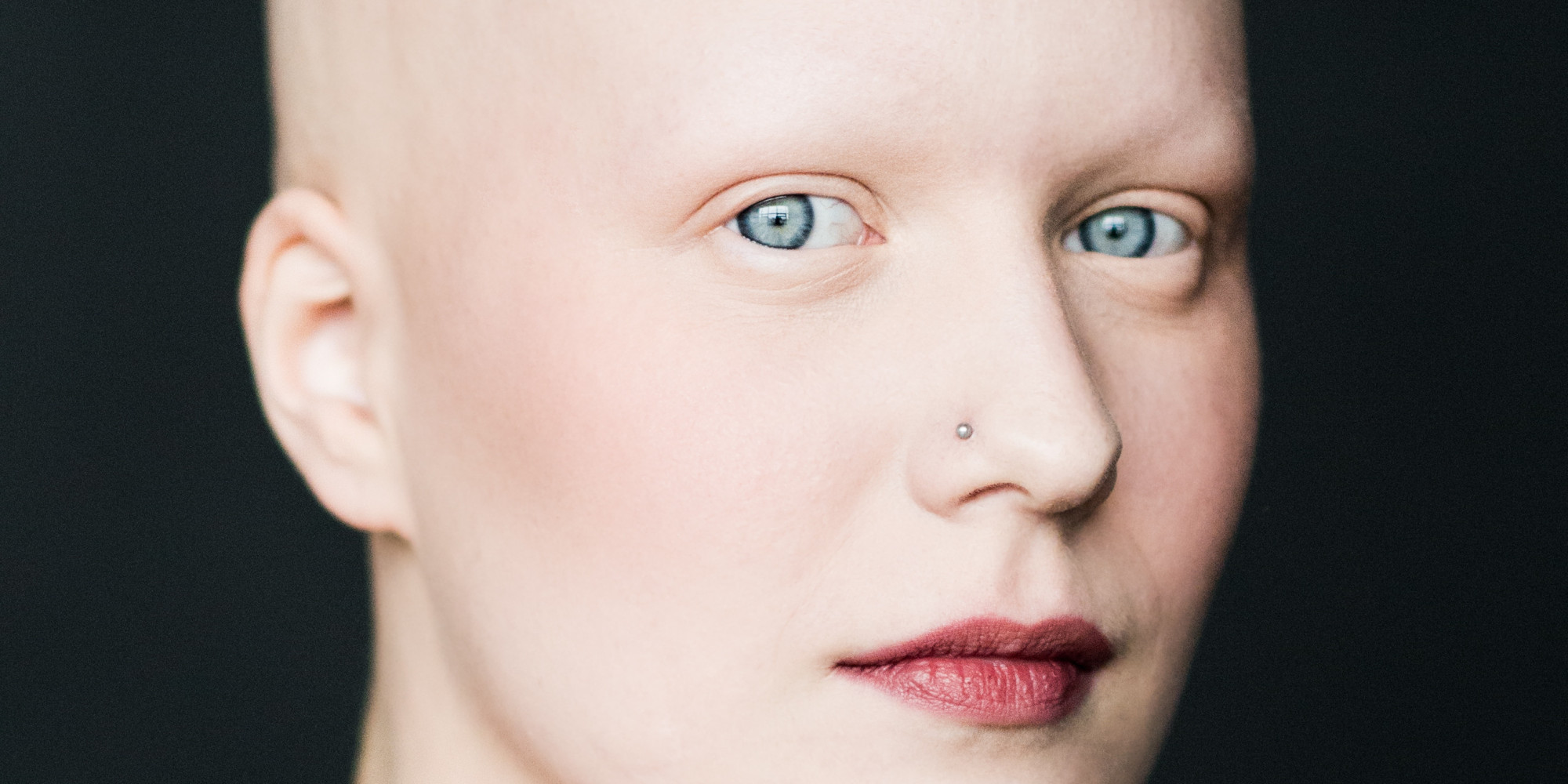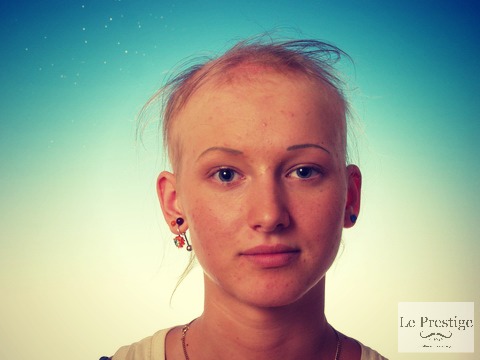Proven hair fall treatments can be prescribed online by singaporean doctors. the earlier you take action, the more hair you can save with the right treatment. Androgenetic alopecia (pattern hair loss) male pattern hair loss and female pattern hair loss. hairs falls out in a well-defined pattern in men, whereas in women, the hair usually becomes thinner all over the head rather than receding from the temples.

Search Efficiently
Hair loss can appear in many different ways, depending on what's causing it. it can come on suddenly or gradually and affect just your scalp or your whole body. some types of hair loss are temporary, and others are permanent. signs and symptoms of hair loss may include: 1. gradual thinning on top of head. this is the most common type of hair loss, affecting both men and women as they age. in men, hair often begins to female alopecia recede from the forehead in a line that resembles the letter m. women typical Androgenetic alopecia is female-pattern baldness or hair loss caused by genetics, or family history. it’s the leading cause of hair loss in women and generally begins between the ages of 12 to. In female pattern baldness, the hair’s growing phase slows down. it also takes longer for new hair to begin growing. hair follicles shrink, leading the hair that does grow to be thinner and finer. Topical tretinoin therapy as an adjunct to minoxidil has shown some promise. 6,14 when hair loss is extensive, wigs may be worn. the use of minigrafts, rather than larger plugs, in hair transplantation provides a more cosmetically pleasing outcome. 15 immunomodulating agents used in the treatment of alopecia areata include corticosteroids, 5 percent minoxidil, and anthralin cream (psoriatec). topical immunotherapeutic agents (e. g. dinitrochlorobenzene, squaric acid dibutyl ester, and diphenylcyclopropenone) are also used, although management regimens for these potent agents are challenging. dermatology consultation or referral may be necessary. all of these agents stimulate hair growth but do not prevent hair loss. moreover, they probably do not influence the course of the disease. unless alopecia areata is mild and easily masked, psychologic distress can be extreme. therefore, most physicians feel obliged to offer some form of treatment to affected patients. the most common treatment for alopecia areata is intralesional injection of a corticosteroid, preferably tri-amcinolone acetonide (kenalog). the recommended dose is up to 3 ml of a 5 mg per ml solution injected into the mid-dermis in multiple sites 1 cm apart. 17 a 0. 5-inch-long 30-gauge needle is used, and 0. 1 ml is injected into each site. hair growth usually becomes apparent in four weeks. treatment can be repeated every four to six weeks. local skin atrophy, the predominant side effect, can be minimized by taking care to inject into the mid-dermis, rather than into the more superficial epidermis or the subdermal fat. topical corticosteroid therapy can be used, although it is not as effective as intralesional injections. twice-daily application of 1 ml of an intermediate-potency corticosteroid solution or lotion to the entire scalp is routinely used to supplement corticosteroid injections. 16 regimens that combine topical corticosteroid therapy with anthralin or minoxidil also can be beneficial. treatment is based on identifying and treating or correcting the underlying cause of telogen effluvium. it can be reassuring for women to understand the relationship of their hair loss to a specific event or agent, and to know that hair regrowth is probable (figure 4). trichotillomania is often difficult to treat. a variety of pharmacologic agents, mostly antidepressants, have been tried with some success. 22 a combination of pharmacologic and behavioral therapies also has been attempted. 23.
Hair Loss Symptoms And Causes Mayo Clinic

It's called androgenetic alopecia, or female (or male) pattern hair loss. in men, hair loss usually begins above the temples, and the receding hairline eventually forms a characteristic "m" shape; hair at the top of the head also thins, often progressing to baldness. in women, androgenetic alopecia begins with gradual thinning at the part line, followed by increasing diffuse hair loss. Fphl is the condition that most commonly leads to hair loss in adult females. its prevalence increases with age and the disease shows an inconsistent response to .
Types Of Alopecia Alopecia Uk
See full list on mayoclinic. org. Search hair loss in female. get results from 6 engines at once.
Thinning Hair And Hair Loss Could It Be Female Pattern Hair Loss
Hair Loss In Women Causes Treatment Prevention
Androgenetic alopecia (say: an-droh-jen-et-ick al-oh-pee-sha) this is the most common type of hair loss in men and women. the hair loss happens above the forehead and on the top and back of the. Most baldness is caused by genetics (male-pattern baldness and female-pattern baldness). this type of hair loss is not preventable. these tips may help you avoid preventable types of hair loss: 1. avoid tight hairstyles, such as braids, buns or ponytails. 2. avoid compulsively twisting, rubbing or pulling your hair. 3. treat your hair gently when washing and brushing. a wide-toothed comb may help prevent pulling out hair. female alopecia 4. avoid harsh treatments such as hot rollers, curling irons, hot oil tr Androgenetic alopecia/female pattern alopecia/female pattern hair loss (fphl)/baldness: this type is the most common. hair thins over the top of the head and on the sides. how common is hair loss in women? many people think that hair loss only affects men. Hairstyling, teasing, coloring, permanents, and the use of hair spray are supported, rather than prohibited, as means of dealing with the cosmetic effects of androgenetic alopecia. women may shampoo their hair as frequently as they wish without fear of worsening hair loss. 8.
More female alopecia images. Mar 04, 2021 · female alopecia androgenic alopecia is also known as male or female pattern baldness and affects the scalp. it is a genetic condition that causes the hair follicles to get smaller and produce less hair over time. it usually starts at 20 to 40 years of age and is more common in men.
Commercial preparations contain minoxidil in a propylene glycol base. allergic reactions to this base limit the usefulness of minoxidil therapy in some women. a compounding pharmacist can prepare an alternative preparation in which minoxidil is suspended in a less sensitizing agent such as polyethylene glycol. 12. In the past, exogenous estrogen was used to treat androgenetic alopecia. this treatment is used less often now, because minoxidil is more effective. in fertile women with androgenetic alopecia who request oral contraception, it is important to select a pill containing the least androgenic progestin, such as norgestimate (in ortho-cyclen, ortho tri-cyclen), norethindrone (in ovcon 35), desogestrel (in mircette), or ethynodiol diacetate (in demulen, zovia). 8 although oral corticosteroid therapy is effective in the treatment of alopecia areata, it is seldom used because of potential adverse effects. systemic treatment may be indicated in women with progressive alopecia areata. for active, extensive, or rapidly spreading alopecia areata, the recommended treatment in adults weighing more than 60 kg (132 lb) is prednisone in a dosage of 40 mg per day for seven days; the corticosteroid is then tapered slowly by 5 mg every few days for six weeks. 8 for less extensive alopecia areata, prednisone is given in a dosage of 20 mg per day or every other day, followed by slow tapering in increments of 1 mg once the condition is stable. oral prednisone therapy can be used in combination with topical or injected corticosteroid therapy, as well as with topical minoxidil therapy. The course of alopecia areata is one of spontaneous remissions and recurrences. although patients with this disorder are usually otherwise healthy, some have comorbid conditions such as atopy, thyroid disease, or vitiligo. alopecia areata has been strongly associated with certain human leukocyte antigen class ii alleles. 17.
See full list on aafp. org. Androgenetic alopecia is female-pattern baldness or hair loss caused by genetics, or family history. it’s the leading cause of hair loss in women and generally begins between the ages of 12 to 40. The physical examination has three parts. first, the scalp is examined for evidence of erythema, scaling, or inflammation. follicular units are apparent in nonscarring alopecias but absent in scarring types. second, the density and distribution of hair are assessed. third, the hair shaft is examined for caliber, length, shape, and fragility. 4 the pull test is an easy technique for assessing hair loss. approximately 60 hairs are grasped between the thumb and the index and middle fingers. the hairs are then gently but firmly pulled. a negative test (six or fewer hairs obtained) indicates normal shedding, whereas a positive test (more than six hairs obtained) indicates a process of active hair shedding. patients should not shampoo their hair 24 hours before the test is performed. 4 if the diagnosis is not clear based on the history and physical examination, selected laboratory tests and, occasionally, punch biopsy may be indicated. a stepwise approach to the diagnosis of hair loss is provided in figure 1. 5,6 if the cause of the disorder is not readily apparent, a 4-mm punch biopsy of the scalp can be helpful. frequent findings on biopsy include lymphocytic proliferation around the follicle, destroyed follicles, a thin and atrophic epidermis, and a densely sclerotic dermis.

Find hair loss in female near you. Female pattern hair loss (fphl) has female alopecia emerged as the preferred term for androgenetic alopecia in females owing to the uncertain relationship between androgens .
Dec 19, 2018 · androgenetic alopecia is female-pattern baldness or hair loss caused by genetics, or family history. it’s the leading cause of hair loss in women and generally begins between the ages of 12 to 40. Female pattern baldness female pattern baldness is the most common type of hair loss in women. female-pattern baldness is a pattern of hair loss (alopecia) .
Komentar
Posting Komentar